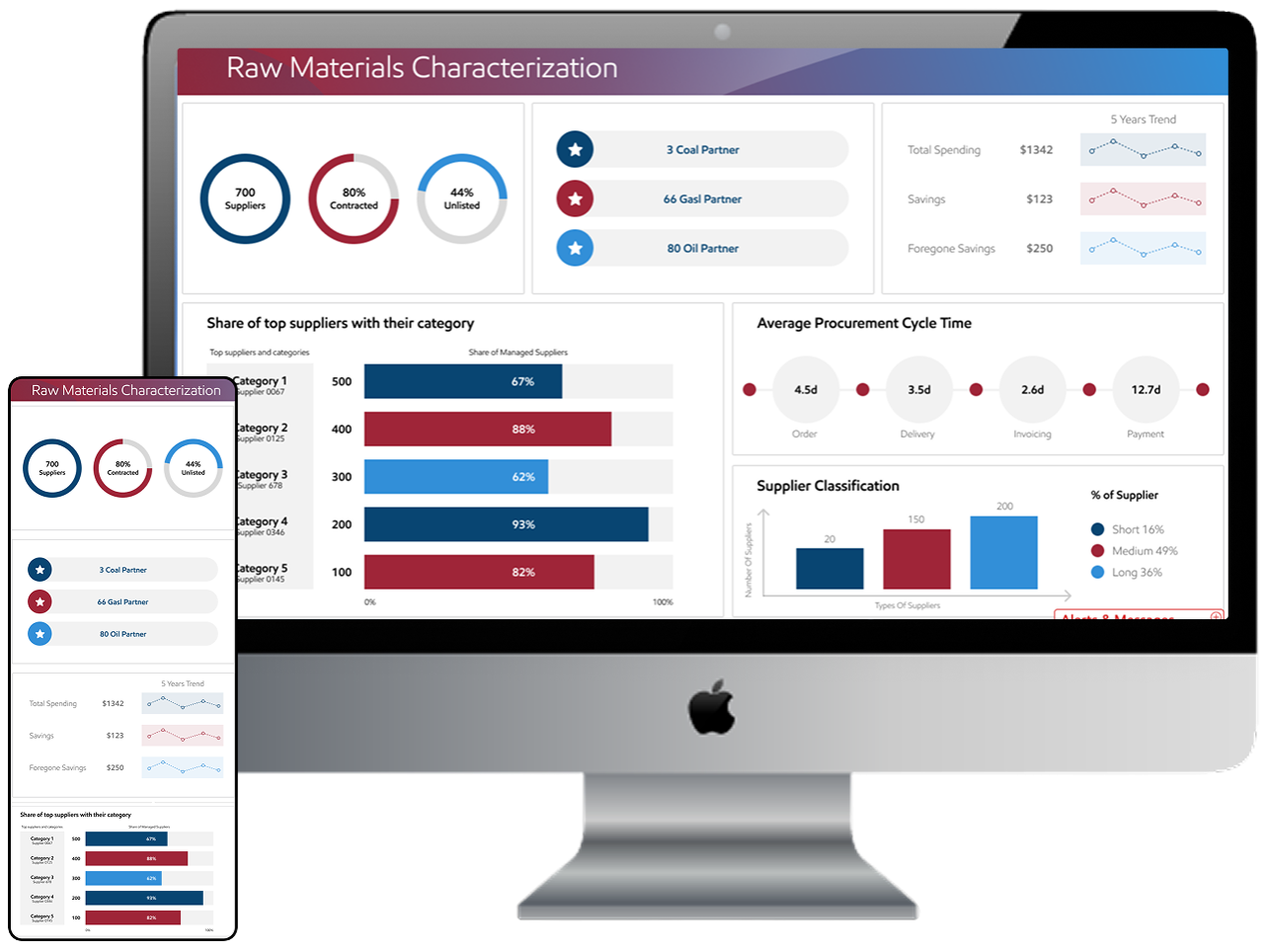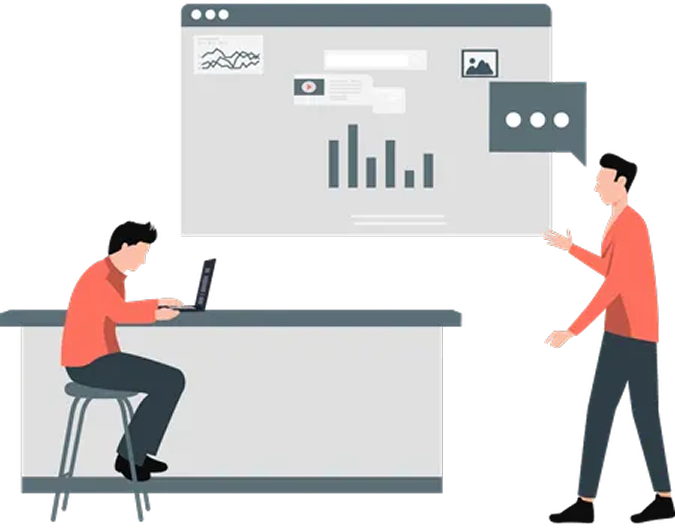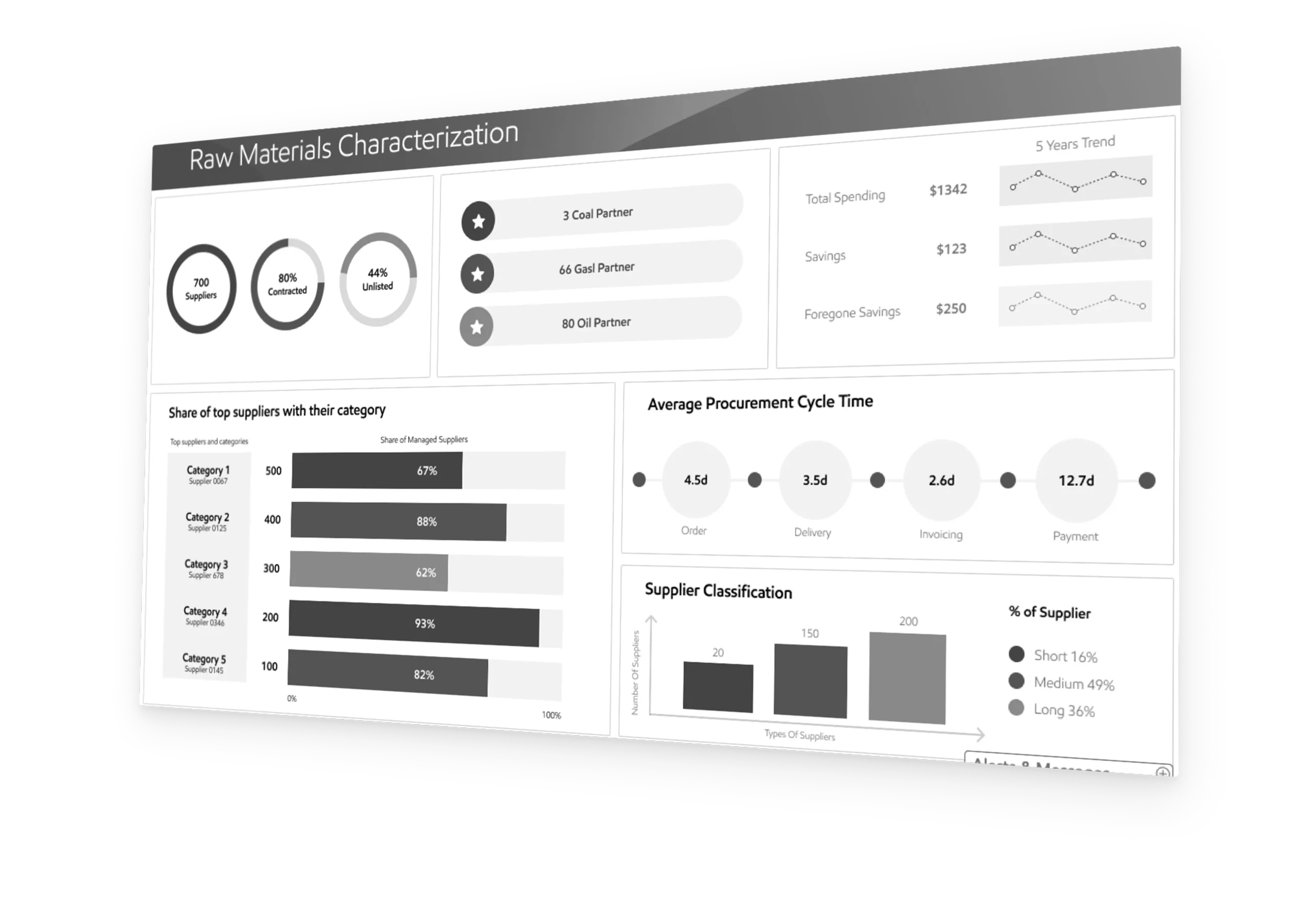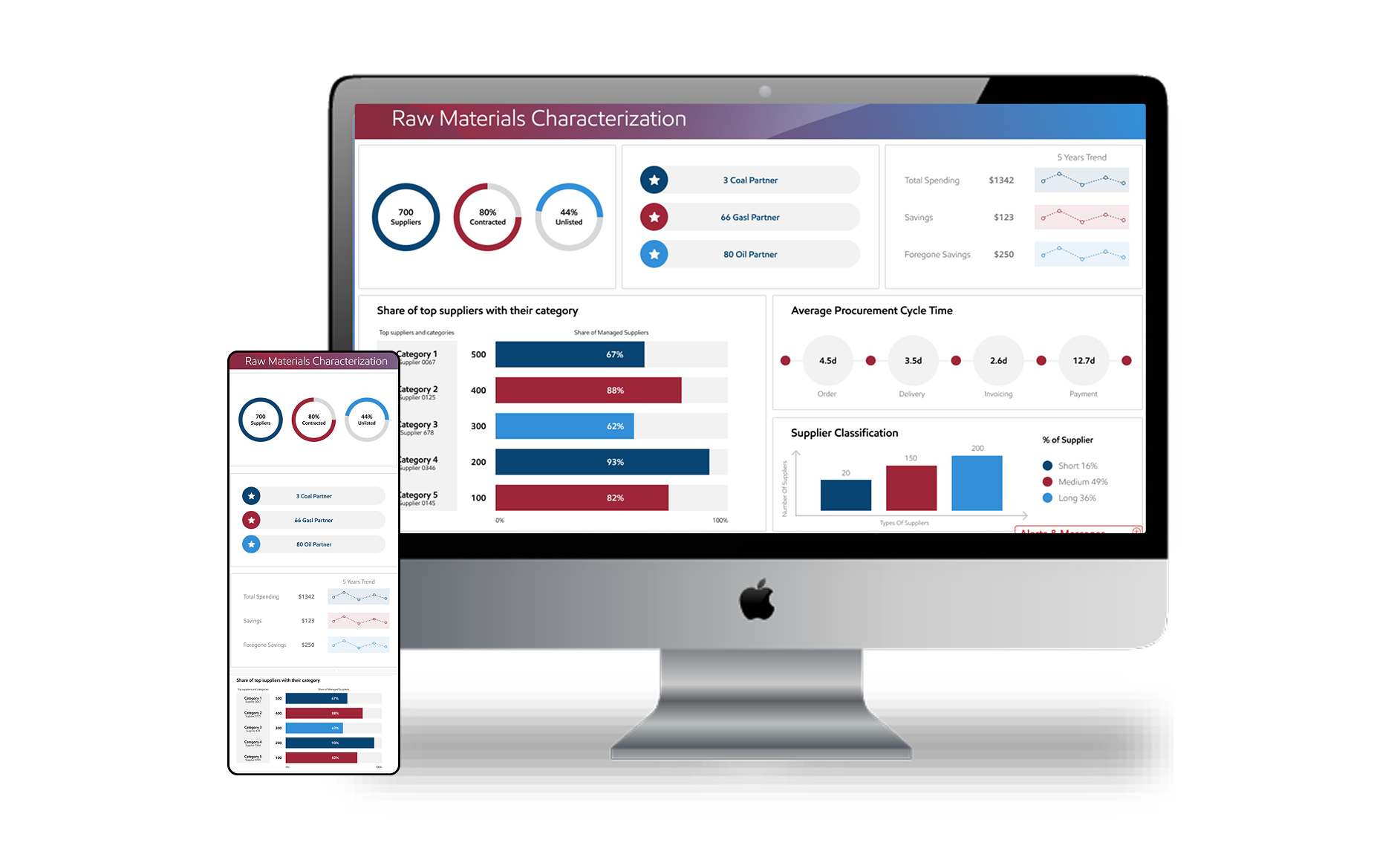

The goal is to design an intuitive, user-friendly, and highly functional dashboard that provides real-time insights into key operational metrics for oil and gas companies. The dashboard will help users monitor, analyze, and make data-driven decisions to optimize operations, improve safety, and reduce costs.

ExxonMobil employs advanced techniques for Raw Materials Characterization to ensure quality and performance in its products. The company utilizes cutting-edge analytical methods, such as spectroscopy, chromatography, and rheology, to assess the chemical and physical properties of crude oil, natural gas, and petrochemical feedstocks.
By rigorously testing raw materials, ExxonMobil optimizes refining processes, enhances product consistency, and maintains compliance with industry standards. Their expertise in material science enables efficient resource utilization and supports innovation in energy solutions.
Different functions across the value chain feed, receive, and rely on detailed data around the molecular make-up of raw materials (ex: crudes). This complex process, enabled through proprietary technology, is considered a critical competitive advantage for ExxonMobil. However, the Business wanted to know if value was left on the table. We were brought in to conduct a holistic deep dive to uncover opportunities for value creation.
We interviewed dozens of stakeholders across Upstream and Downstream to understand current and potential usage of raw material data. Our findings revealed hidden crude data, shallow data interpretation and decision-making, and limited use of commercial and market intelligence. We recommended a set of opportunities ranging from $10M to $150M/year in cost-savings and new value generation.
They included optimizing refinery operations by analyzing the data mid-transport ($75-$150M/year), broadening the range of viable supply crudes ($50M/year/refinery site), optimizing purchase economics and refinery operations ($20M/year), and driving equity crude margins ($10-$50M/year).

User Research User InterviewCompetitive Analysis
User Persona Goal Statement Empathy Map
Brainstorming Card SortingUser Flow
Paper Wireframes Visual Design Prototype
Check Usability Survey Insight Improvements
We wanted to make a safe and easy way to digitally pay for fuel and earn loyalty points right at the pump. The prior innovative method of payment, the SpeedPass dongle was becoming outdated and too costly to maintain and ExxonMobil needed a new way for customers to pay for fuel that matched the ease-of-use and security of Speedpass.
"Inconsistent raw material quality delays production."
Efficient testing reduces costs and waste.
Limited data sharing between suppliers and labs.
We need faster test results to meet production schedules
The current methods are too manual and error-prone.
Document all characterization data for audits.
Spreadsheets/manual records for data tracking.
Demand for sustainable/eco-friendly materials.
Shift toward AI-driven material analysis.
Run repeat tests to confirm results.
Automation would cut our turnaround time in half.
Attend conferences on analytical techniques.








Jenifer Lawrence
Self-employed



Hey, thanks for checking out my work.
I’ve been fascinated with the way people interact with technology since forever. I’m particularly keen on digital products designed to make life easier for human beings.
What are you working on?
If you want to know more about my design process, or if you want to talk about a cool idea, don’t hesitate to hit me up.